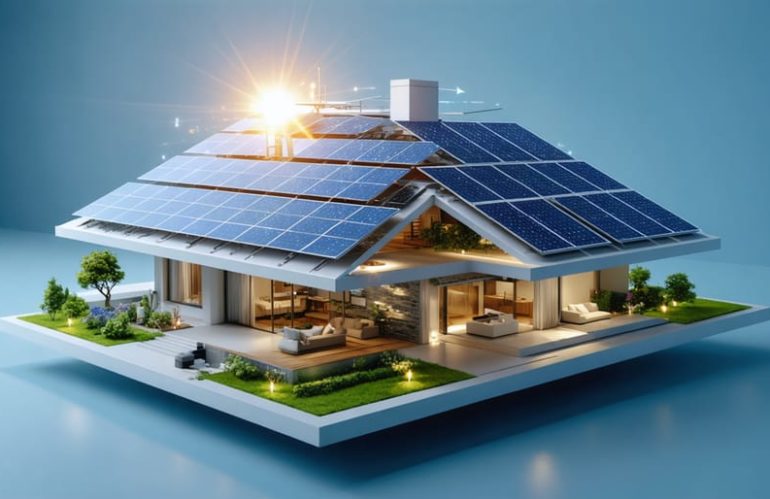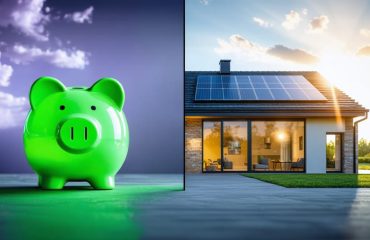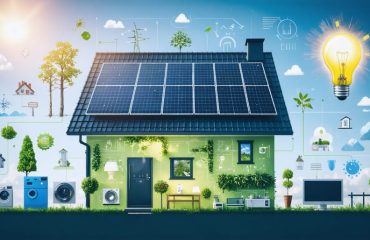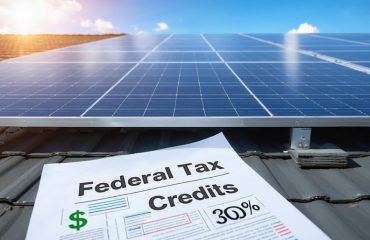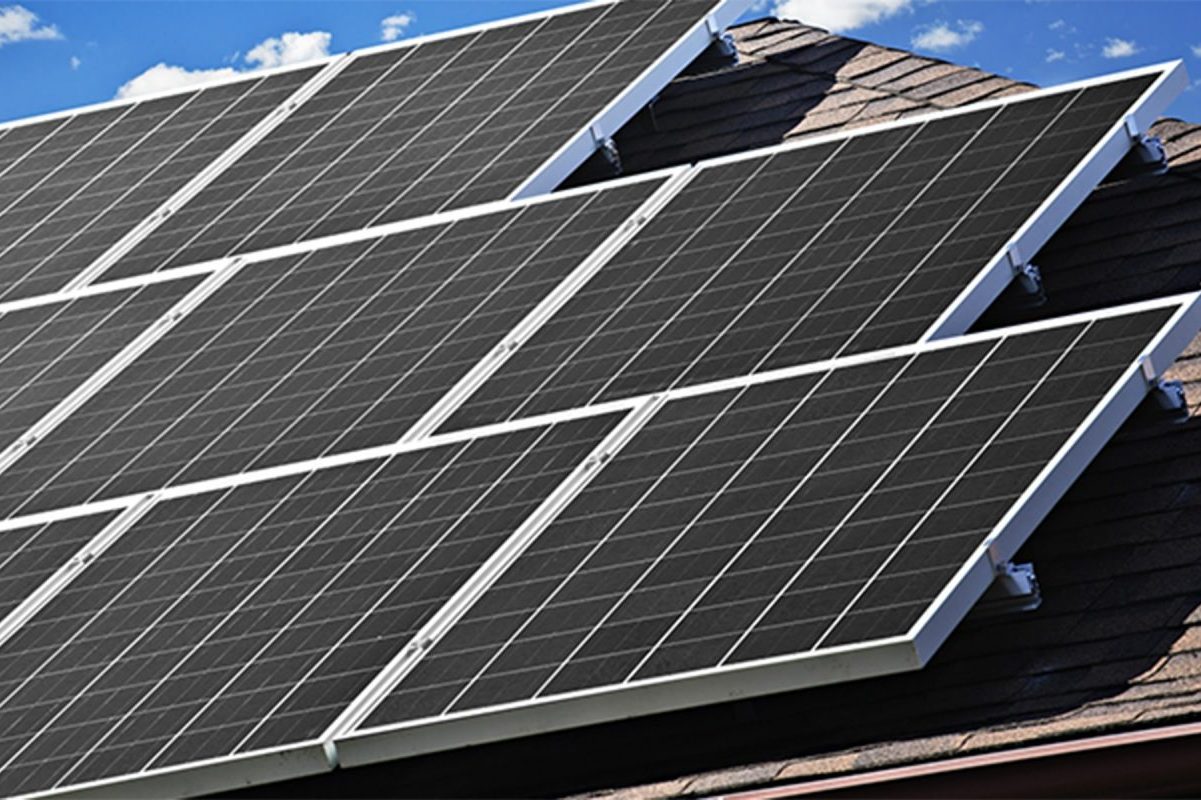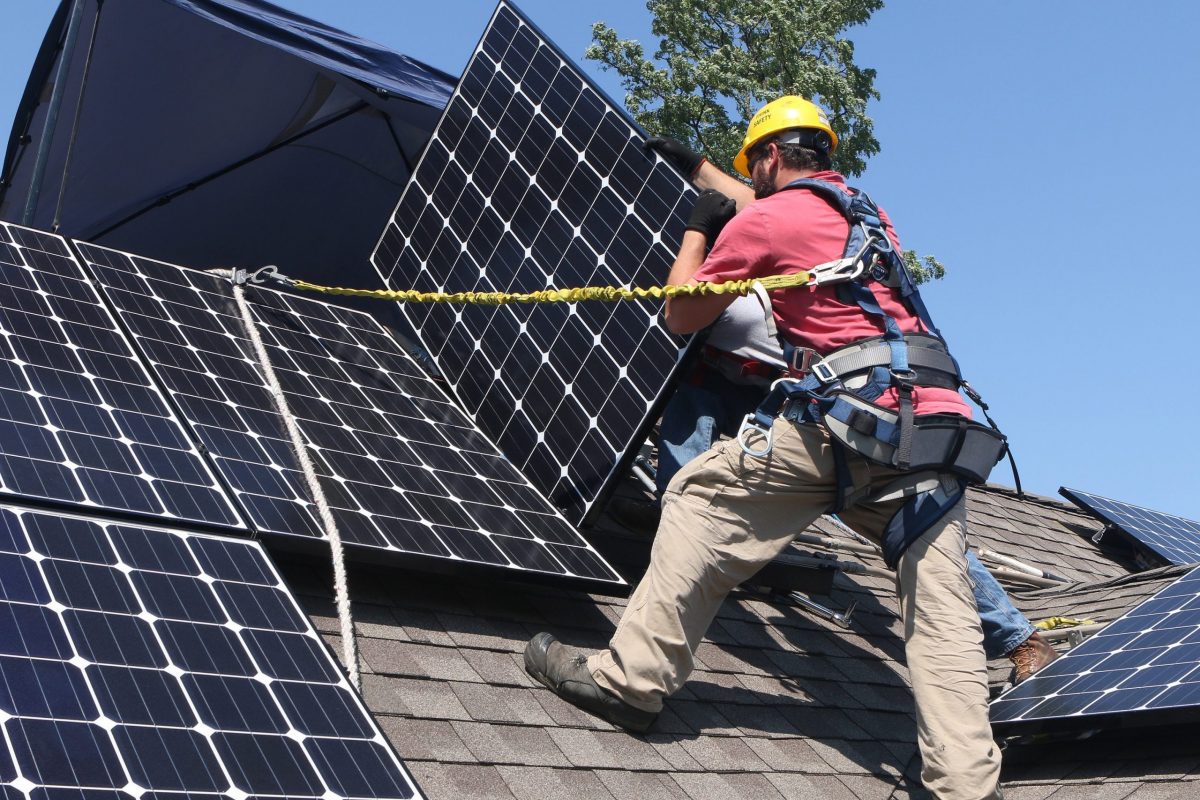Solar cells face a fundamental limit that shapes the future of renewable energy – the Shockley-Queisser limit caps single-junction solar cell efficiency at approximately 33.7%. While this theoretical maximum might seem disappointing compared to our energy needs, it represents just one chapter in an evolving story of solar innovation. Today’s most advanced multi-junction cells already achieve efficiencies above 47%, proving that creative engineering can push beyond traditional boundaries. For homeowners and sustainability advocates, understanding these theoretical limits provides crucial context for setting realistic expectations about residential solar installations, which typically operate at 15-22% efficiency. Rather than viewing these limits as barriers, they serve as guideposts driving the next generation of photovoltaic technology – from tandem cells to quantum dot applications. As we continue to close the gap between theoretical maximums and practical performance, solar energy’s role in our sustainable future only grows brighter.
Understanding Solar Cell Efficiency Basics
What Determines Solar Panel Efficiency?
Several key factors influence how efficiently solar panels convert sunlight into electricity. The quality and type of semiconductor materials used in the cells play a crucial role, with monocrystalline silicon typically offering higher efficiency than polycrystalline alternatives. Temperature also significantly impacts performance – contrary to what many might expect, solar panels actually work better in cooler conditions, with efficiency dropping as they heat up.
The angle and direction of installation matter too. Panels perform best when they receive direct sunlight throughout the day, ideally facing south in the Northern Hemisphere. Shade from trees, buildings, or even dust and debris can dramatically reduce efficiency, as even partial shading of a single cell affects the entire panel’s output.
Manufacturing quality makes a difference as well. The precision of cell construction, the purity of materials used, and the overall design of the panel all contribute to its efficiency. Recent technological advances have improved anti-reflective coatings and light-trapping techniques, helping panels capture more available sunlight and convert it into usable electricity.
Finally, age and maintenance affect long-term performance. While panels are quite durable, their efficiency typically decreases slightly each year, though regular cleaning and proper maintenance can help minimize this decline.
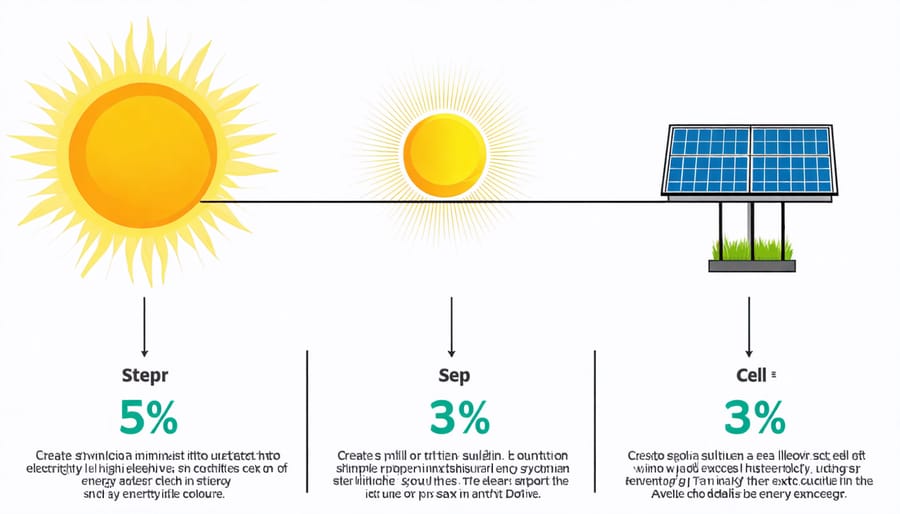
Current Real-World Efficiency Rates
In today’s market, most commercially available solar panels operate at efficiency rates between 15% and 20%. Premium residential panels featuring the latest solar panel technology can achieve efficiencies up to 23%. High-end panels using multi-junction cells, primarily used in specialized applications like spacecraft, have reached efficiency rates of 40%. However, these advanced systems are currently too expensive for typical home installations. The good news is that even standard residential panels with moderate efficiency rates can significantly reduce energy bills and provide reliable power for decades, making them a practical choice for homeowners looking to embrace solar energy.
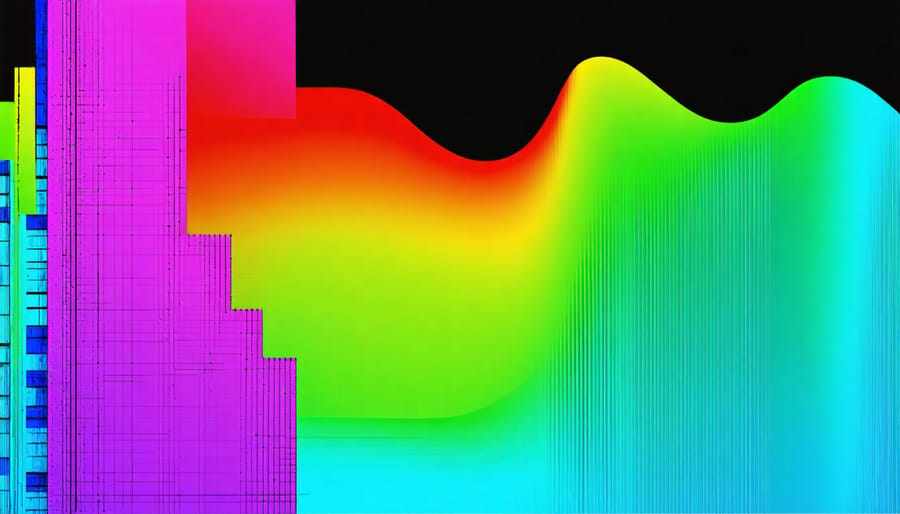
The Shockley-Queisser Limit Made Simple
Why Solar Cells Can’t Convert All Sunlight to Power
Solar cells face natural limits in converting sunlight to electricity, and understanding these limitations helps set realistic expectations for your solar investment. Think of sunlight as containing different energy packets, like a rainbow of colors. Some of these packets have too little energy to create electricity, while others have more energy than the solar cell can use, with the excess being lost as heat.
Additionally, some sunlight gets reflected off the surface of solar panels or absorbed by the materials before it can be converted to electricity. Even the most advanced solar cells can’t capture every particle of light that hits them, just as not every raindrop falls into a bucket during a storm.
These physical constraints mean that even perfect solar cells would only convert about 33% of sunlight into electricity. However, this shouldn’t discourage homeowners – today’s solar panels are still highly effective at generating clean, renewable energy and can significantly reduce your electricity bills while helping the environment.
Bridging the Gap: Theory vs. Reality
While laboratory tests show theoretical efficiency limits approaching 50% for advanced solar cell designs, the reality for homeowners is quite different. Today’s typical residential solar panels achieve efficiencies between 15% and 22%, with premium panels occasionally reaching 23%. This gap between theoretical and practical efficiency isn’t a disappointment – it’s actually a testament to how far solar technology has come.
Think of it like a car’s fuel efficiency: while a vehicle might be capable of 50 MPG under perfect conditions, real-world driving conditions like traffic, weather, and driving style affect actual performance. Similarly, solar panel efficiency is impacted by factors like installation angle, shade, dust, temperature, and even local weather patterns.
The good news is that current efficiency levels are more than adequate for most homes. A typical 6kW residential solar system can produce enough electricity to offset a substantial portion of a household’s energy needs. Many homeowners achieve significant energy savings despite not having theoretically perfect panels.
What’s exciting is that solar technology continues to improve. Manufacturing processes are becoming more refined, and new materials are being developed. While we may never reach the theoretical maximum efficiency in residential installations, today’s solar panels offer an excellent balance of performance, reliability, and cost-effectiveness for homeowners.
Maximizing Your Home’s Solar Performance
While theoretical efficiency limits are important to understand, there are several practical steps you can take to maximize your solar panel performance. Following our comprehensive solar installation guide is just the beginning.
Start by ensuring proper panel placement and angle. South-facing panels typically receive the most sunlight in the Northern Hemisphere, while a tilt angle equal to your latitude often provides optimal year-round performance. Keep panels clean and free from debris, as even light dust can reduce efficiency by 5%.
Regular maintenance is crucial. Inspect panels quarterly for dirt, leaves, or bird droppings. Consider installing a monitoring system to track performance and quickly identify any issues. Trim nearby trees or obstacles that cast shadows on your panels, as partial shading can significantly impact overall system efficiency.
To further optimize your solar system, schedule energy usage during peak sunlight hours. Using major appliances when solar production is highest maximizes direct consumption of solar power. Installing energy-efficient appliances and LED lighting can also help make the most of your solar generation.
Consider adding a solar battery storage system to capture excess daytime production for nighttime use, increasing your overall solar utilization and energy independence.
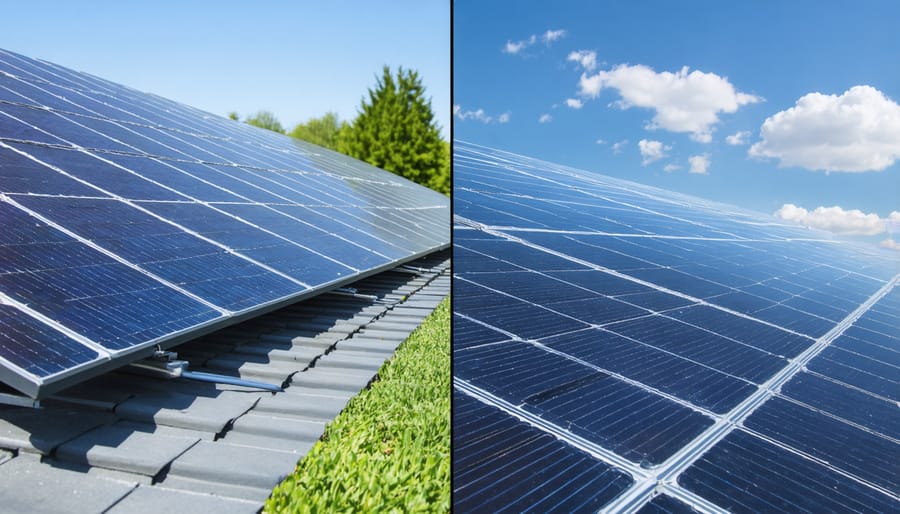
Understanding the theoretical limits of solar cell efficiency helps us set realistic expectations while appreciating the remarkable progress in solar technology. While the Shockley-Queisser limit of around 33% for single-junction cells might seem low, today’s best commercial panels already achieve impressive real-world efficiencies of 20-23%. This means we can effectively harness a significant portion of the sun’s energy for our homes.
As research continues and new technologies emerge, we’re getting closer to reaching these theoretical limits. Multi-junction cells and emerging technologies show promise in pushing beyond traditional boundaries, offering hope for even more efficient solar solutions in the future.
For homeowners considering solar installation today, the current efficiency levels already provide excellent value and significant energy savings. By understanding these limitations and working with qualified installers to optimize panel placement and system design, you can maximize your solar investment while contributing to a more sustainable future. The key is to act now – even as technology improves, today’s solar solutions are already a smart choice for both your wallet and the planet.

